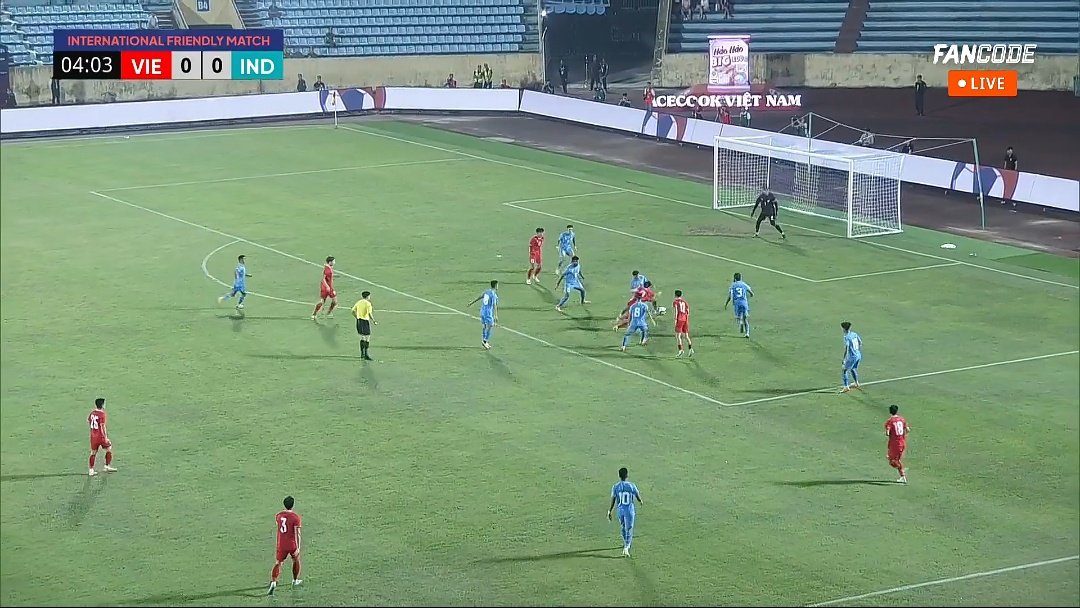Australia and Saudi Arabia’s: World Cup Qualifiers match in Group C finished in a goalless draw after a tense and hard-fought affair in which neither team scored. The game, which was played on Australian soil, was crucial for both teams as they sought to improve their qualification round standings. After intense midfield fights, excellent defensive play, and a few near misses, neither team managed to break the impasse, resulting in to a 0-0 draw.
Australia adopted an aggressive stance in the first half, pressing high and attempting to seize the initiative right away. Saudi Arabia’s players were promptly pressed by their midfielders, who attempted to break their rhythm and provide continuous pressure. Australia’s wingers were crucial in generating goal opportunities as they stretched Saudi Arabia’s defense with their speed and width. Australia failed to break through Saudi Arabia’s strong defensive line after a number of encouraging advances because the visitor squad maintained a tight and well-organized shape.
In contrast, Saudi Arabia was more circumspect in the first few minutes, concentrating on defensive solidity and absorbing Australia’s onslaught. Their plan was to wait for openings to launch a counterattack. Saudi Arabia swiftly switched to attack whenever they regained possession, attempting to take advantage of openings created by Australia’s forward-moving players. In the first half, they failed to put Australia’s goalie to the test despite a few encouraging moments. Half-chances were created by both teams, with shots either going wide or being easily handled by the opposing goalkeepers.
Australia and Saudi Arabia Share Points in Tense World Cup Qualifier:
Similar trends persisted in the second half as Australia kept up their attacking assault but was unable to make any headway. In an effort to get through Saudi Arabia’s defense, their midfielders attempted to quicken the pace and pass the ball. But whenever Australia threatened to create scoring opportunities, Saudi Arabia’s defenders stayed strong and disciplined, blocking shots and intercepting passes. As their team dominated possession but failed to convert it into a clear lead, Australian supporters were kept on the edge of their seats.
Despite constant pressure, Saudi Arabia was able to launch a few risky counterattacks in the second half. Their forwards occasionally breached Australia’s defensive lines thanks to their exceptional speed and technical skill. But the Australian defense rallied quickly, snagging the gaps and preventing Saudi Arabia from getting clear opportunities on goal. In an effort to generate energy and possibly alter the game’s dynamic, both teams substituted players toward the end of the game. Nevertheless, there was no discernible change in momentum as a result of the substitutions.
Australia put up a strong fight in the closing minutes in an attempt to grab a late victory and earn a crucial three points. They were given a few of set pieces, such as free kicks and corners, which gave them optimism for a breakthrough. But Saudi Arabia’s defense stayed strong, with defenders clearing the ball out of danger and their goalie making vital saves. The home team was upset as they ran out of time to break the impasse after Australia’s last shots at goal were either blocked or went wide.
Given how well matched both teams were and how well they played defense, the game ultimately ended in a 0-0 tie. Australia will probably be upset that they were unable to take use of their home advantage, especially considering how well they attack and control the ball. In contrast, Saudi Arabia will see the outcome as a successful defensive effort and a worthwhile point gained away from home. Both sides are still in the running to qualify for the 2019 World Cup after this draw adds a crucial point to their total in Group C of the World Cup Qualifiers.





